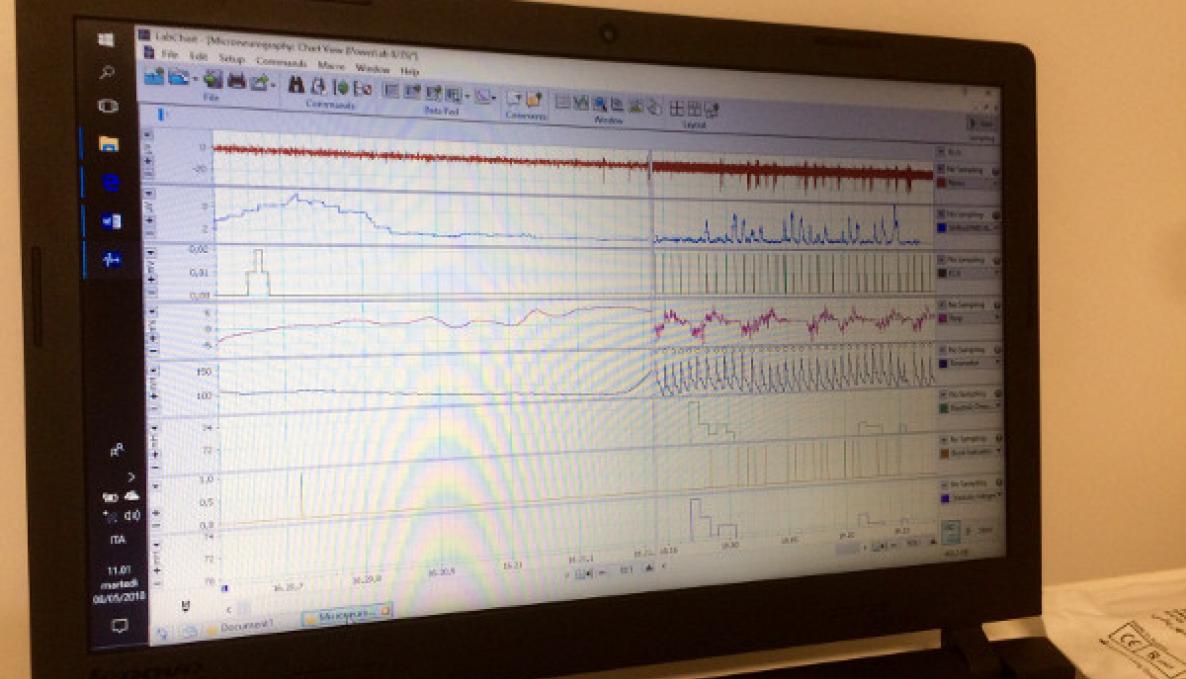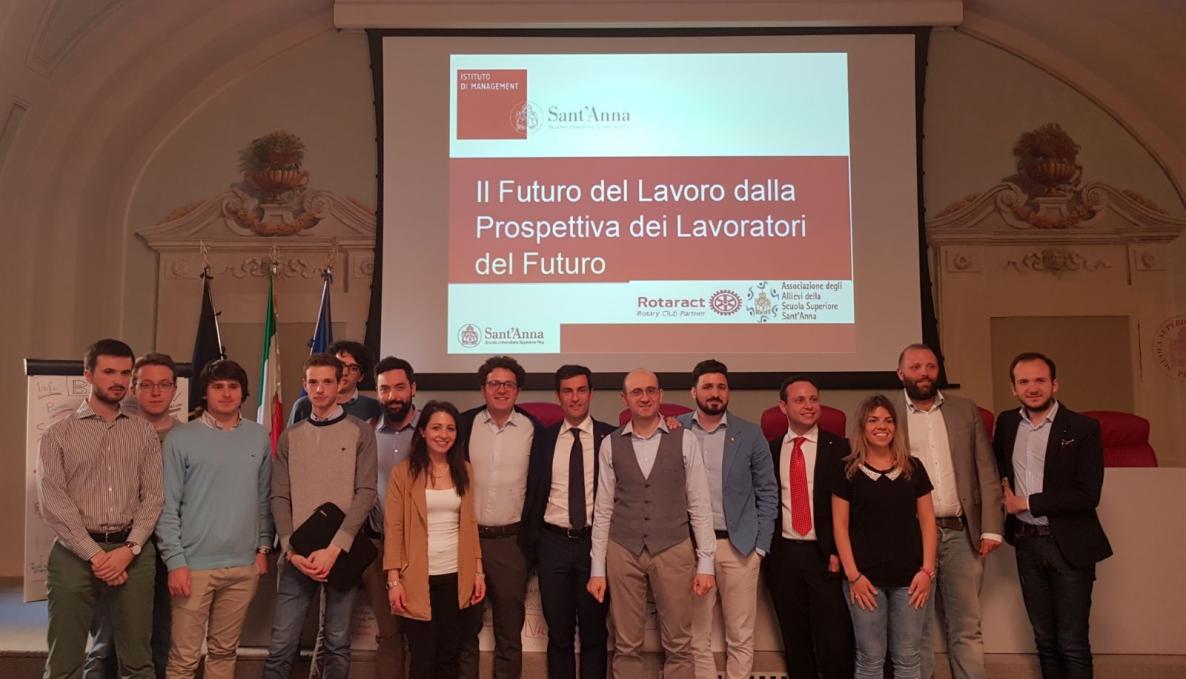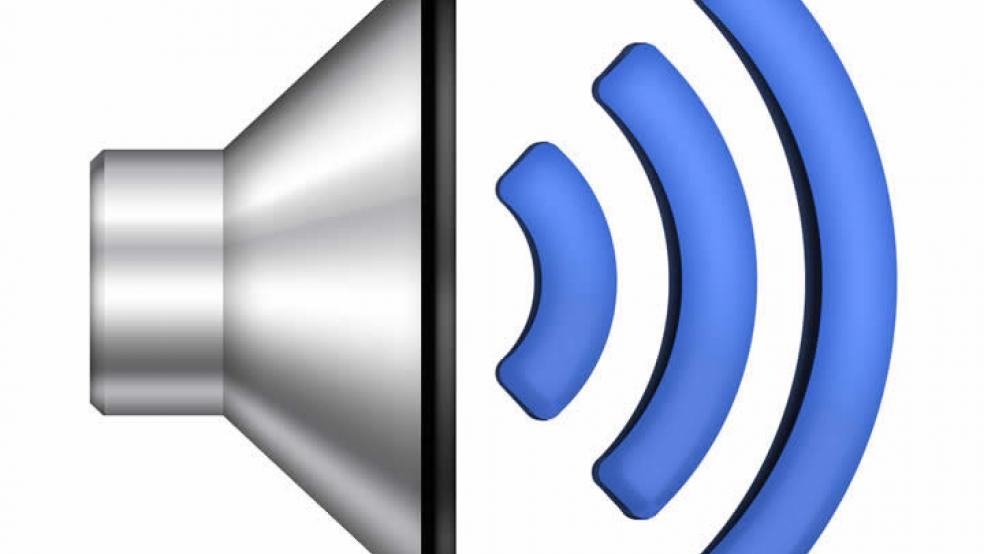Sant’Anna School Institutes of Biorobotics and Lifesciences with Ifc-Cnr Institute, “Gabriele Monasterio” Foundation, University of Pisa and University Hospital of Pisa launch new N2Lab
The Ifc-Cnr Institute of Clinical Physiology, Sant’Anna School Institute of BioRobotics, Sant’Anna School Institute of Lifesciences, “Gabriele Monasterio” Tuscany Foundation, University of Pisa and Aoup University Hospital of Pisa announce an agreement for collaboration to investigate the disorders of the autonomic nervous system and to develop tactile sensing devices for bionic hands through their new N2 Lab. The official launch of the new laboratory will take place Monday, May 14, 2018 in the Ifc-Cnr Campus. The joint laboratory is dedicated to microneurography and microneurostimulation.
The main research interests of N2 Lab are in the area of autonomic nervous system dysfunctions and in the development of bionic prosthesis capable of restoring sensory information.
The autonomic nervous system acts as an involuntary control system. It controls operations of most of the internal organs including the cardiovascular system, the digestive system, the respiratory tract and visceral functions. Researchers of the N2 Lab. will focus on the study of nervous system dysfunction as pathophysiological mechanism that causes cardiovascular and metabolic diseases and on the development of multidisciplinary approaches in the field of bioelectronics medicine (with a specific focus on determining which nerve fibers exert control, the types of signals those fibers use, and how these signals can be used to treat neurological and metabolic diseases such as Alzheimer’s disease and diabetes). Scientists will perform a variety of techniques (implants, experimental surgical and bioelectronic systems for neural recording and stimulation) as part of a multidisciplinary team, bridging medical innovation with clinical research. The Bioelectronic medicine devices and nerve stimulating electrodes will be designed on the basis on Faraday cage- strategy, preventing all incoming and outgoing electrical charges.
As scientists have the basic molecular understanding of the mechanisms and the clinical trial results, the N2 Lab. bionic hands capable of restoring sensory information will be able to mimic the neural activity and the information content of mechanical receptors for tactile sensitivity through micro-stimulations by directly activating the relevant neurons in the brain.
Pierdomenico Perata, rector of Sant'Anna School: “This partnership for a new laboratory represents a significant opportunity to enable efficient translation of innovative bioelectronic medicine into clinical research in the area of Pisa. Our leading academics at the Institutes of Biorobotics and Lifesciences, through research and publication,will work with a multidisciplinary staff sharing scientific expertise and laboratory space. I believe that the combination of new technologies and clinic expertise will benefit institutions and, most importantly, patients suffering from neurological or cardiovascular disorders”.
Silvestro Micera, Sant'Anna School: “This collaboration is a real challenge to develop neuroprosthetics and bioelectronic devices to provide real-time processing of neuronal signals and therapies that will be more effective than drugs”.
Claudia Martini, deputy rector for research and innovation – University of Pisa: “In the early 2000s, it was at the University of Pisa that Professor Stefano Taddei founded a microneurography laboratory at the Department of Internal Medicine. Today, we announce the new N2Lab to support our efforts to upgrade and modernise our processes. The lab. leads the way in promoting new synergies and novel cross-disciplinary research”.
Stefano Taddei and Rosa Maria Bruno, University of Pisa: “Microneurography provides valuable information on the sympathetic nervous system in humans. The method detects disease characteristics and pathophysiological mechanisms. As obesity (characterized by abnormalities in sympathetic cardiovascular control) represents a risk factor for the development of cardiovascular diseases, including hypertension, myocardial ischemic disease, and cardiac arrhythmias, the microneurography method represents a useful tool to investigate directly identified neural mechanisms of autonomic regulation, motor control and sensory functions under physiological and pathological conditions”.







